Your basket is currently empty!
Tag: painting
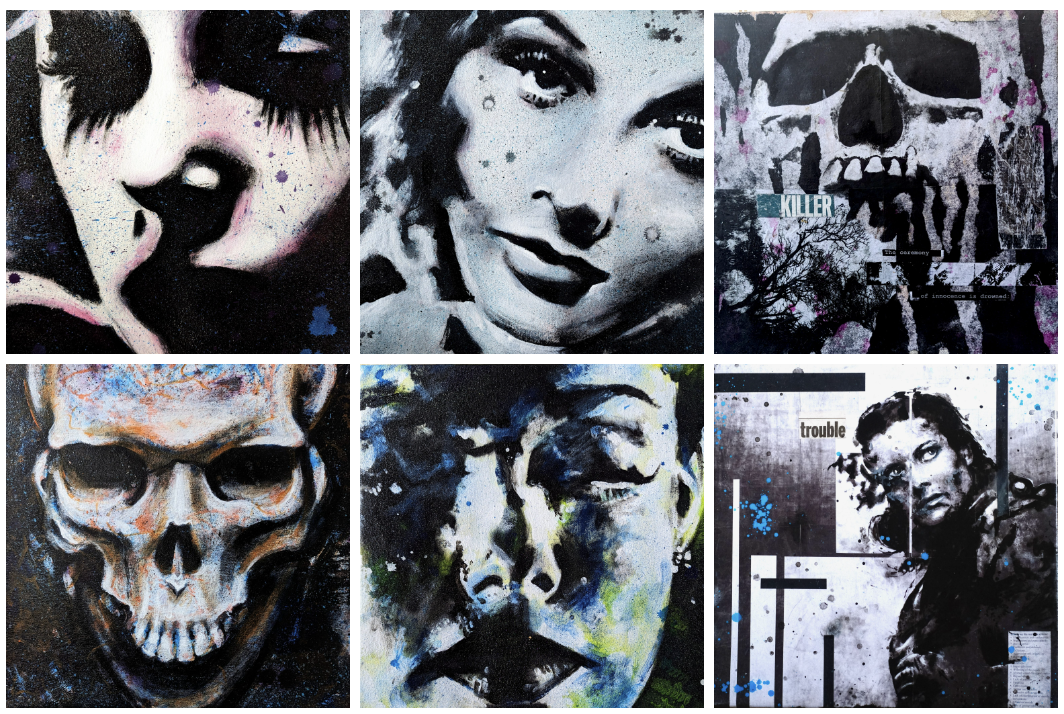
Romancing the AI – Using Neural Networks as part of the creative process
I’m not just an artistic genius you know. I have a day job (well, not at the moment, but let’s pretend) that involves me using clever coding algorithms to tease information out of voluminous and/or complex data sets. It’s both challenging and satisfying and I’m very good at it. It’s also not so different from…
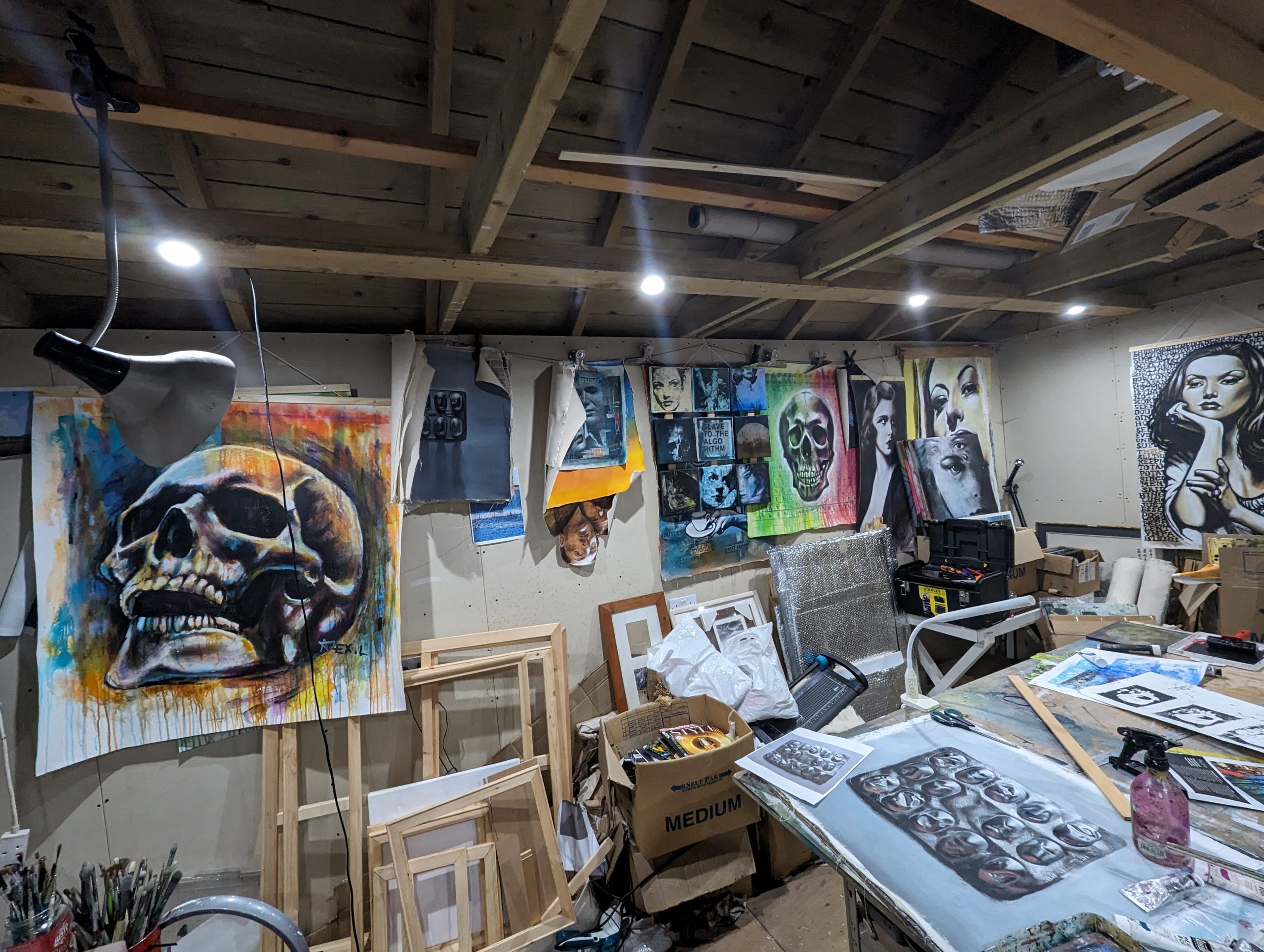
My studio today and what to do when you’re too close to the edge…
Here’s what my studio looks like today: It’s always a bit of a mess, and since I’m ramping up for an exhibition, it’s particularly chaotic. You’ll note my “washing line” along the back wall. This is actually a washing line chord, but I don’t tend to use it for drying paintings, or clothes for that…
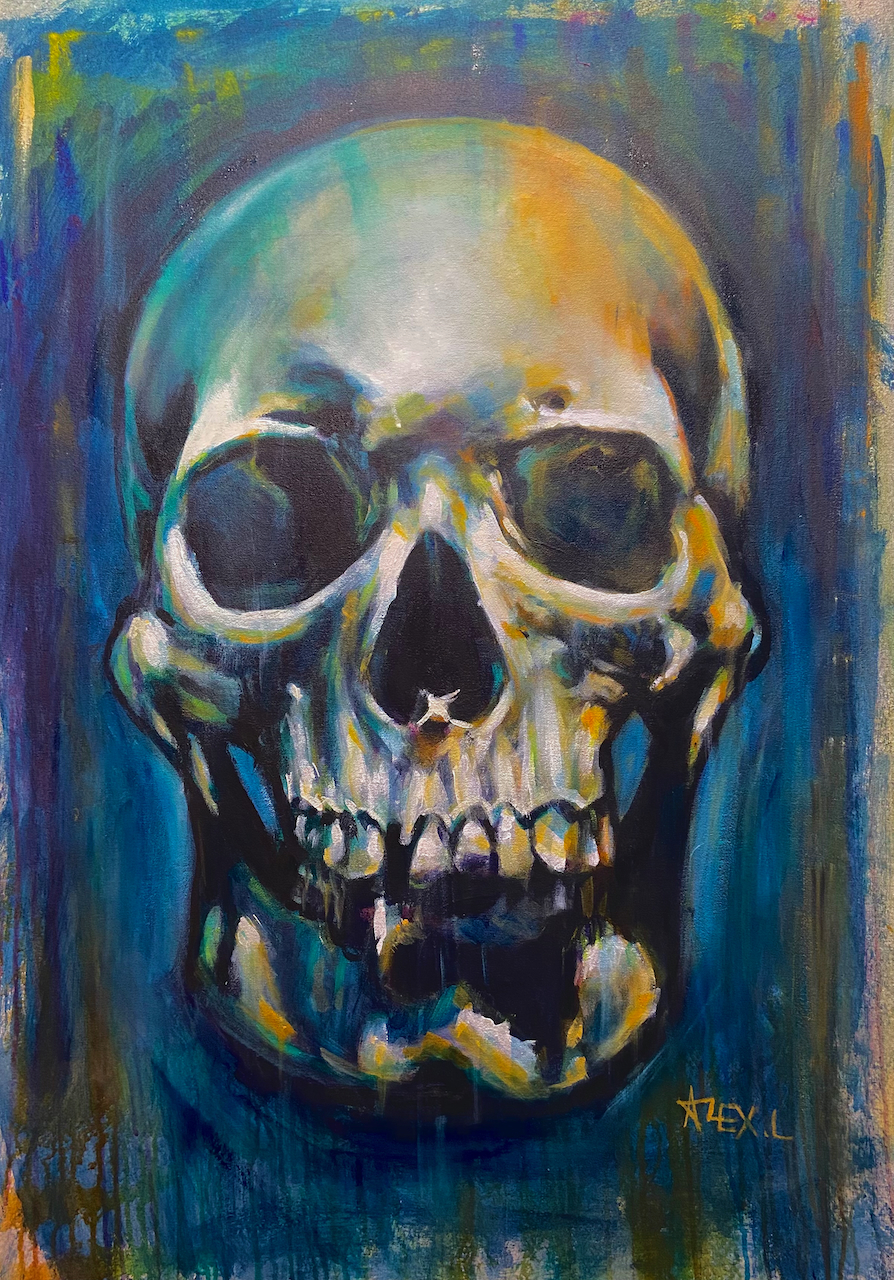

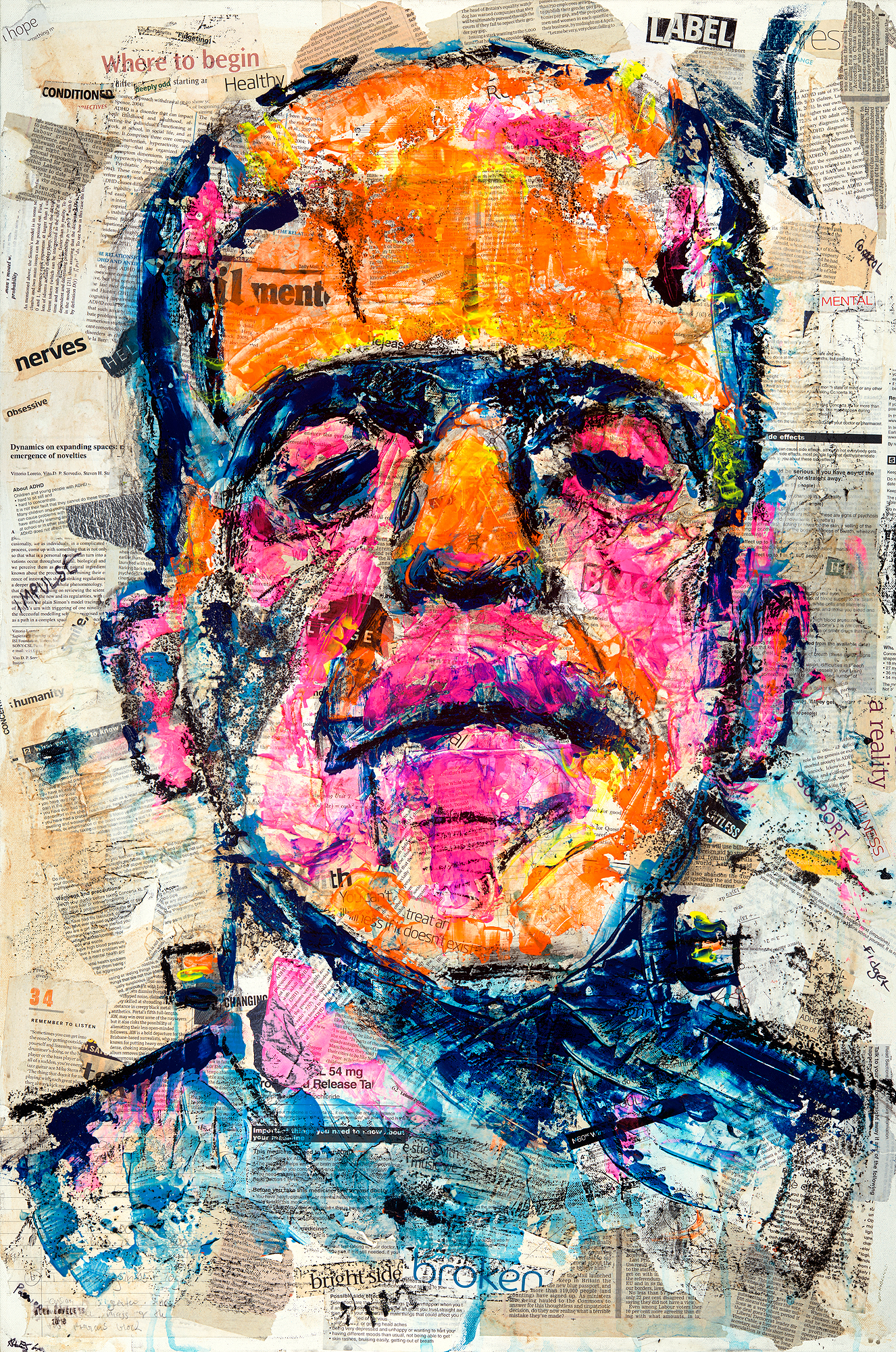
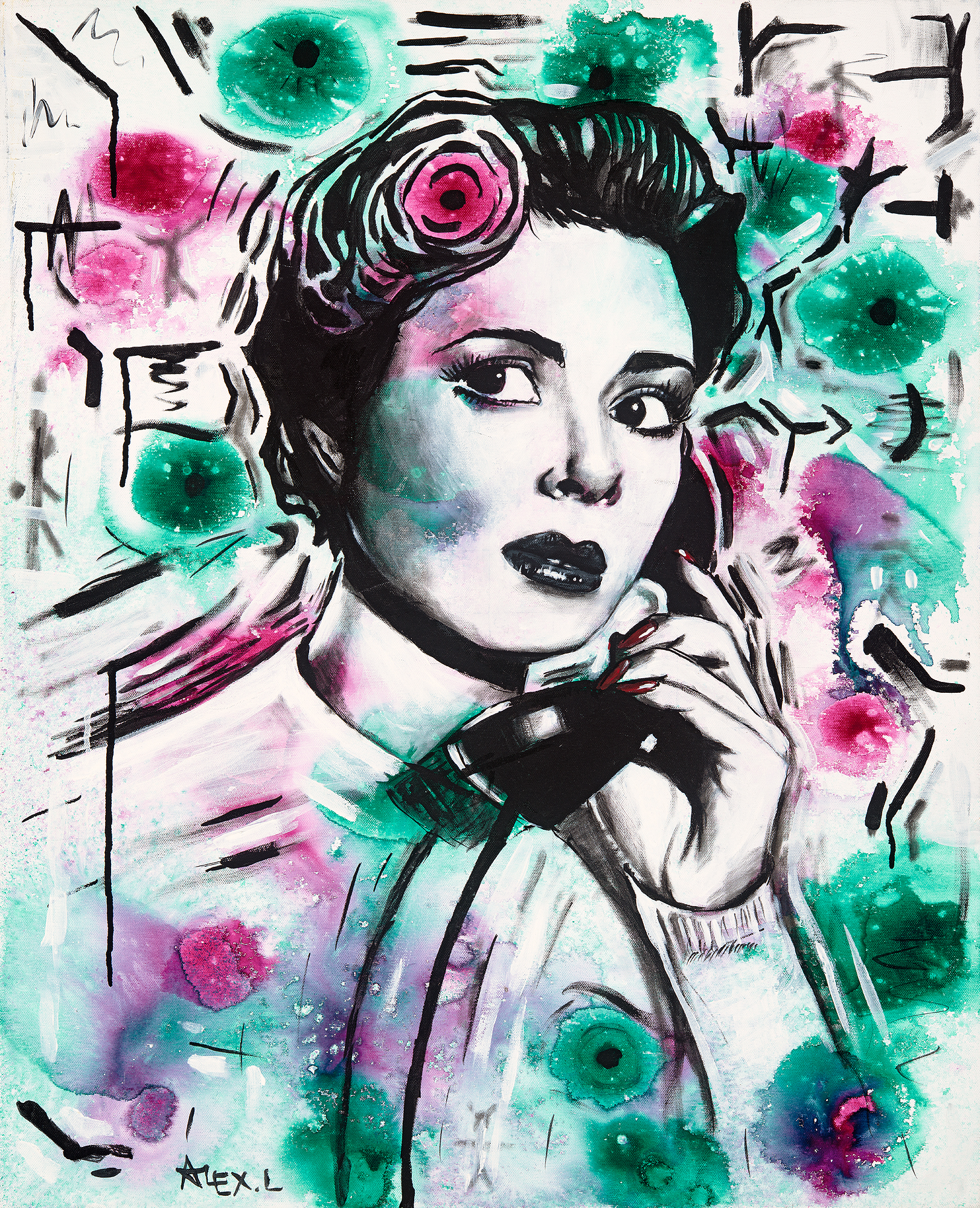
The Seeds of Division by Alex Loveless (2018)
Acrylic on Canvas. 60cm x 90cm. Click Here to Buy Prints
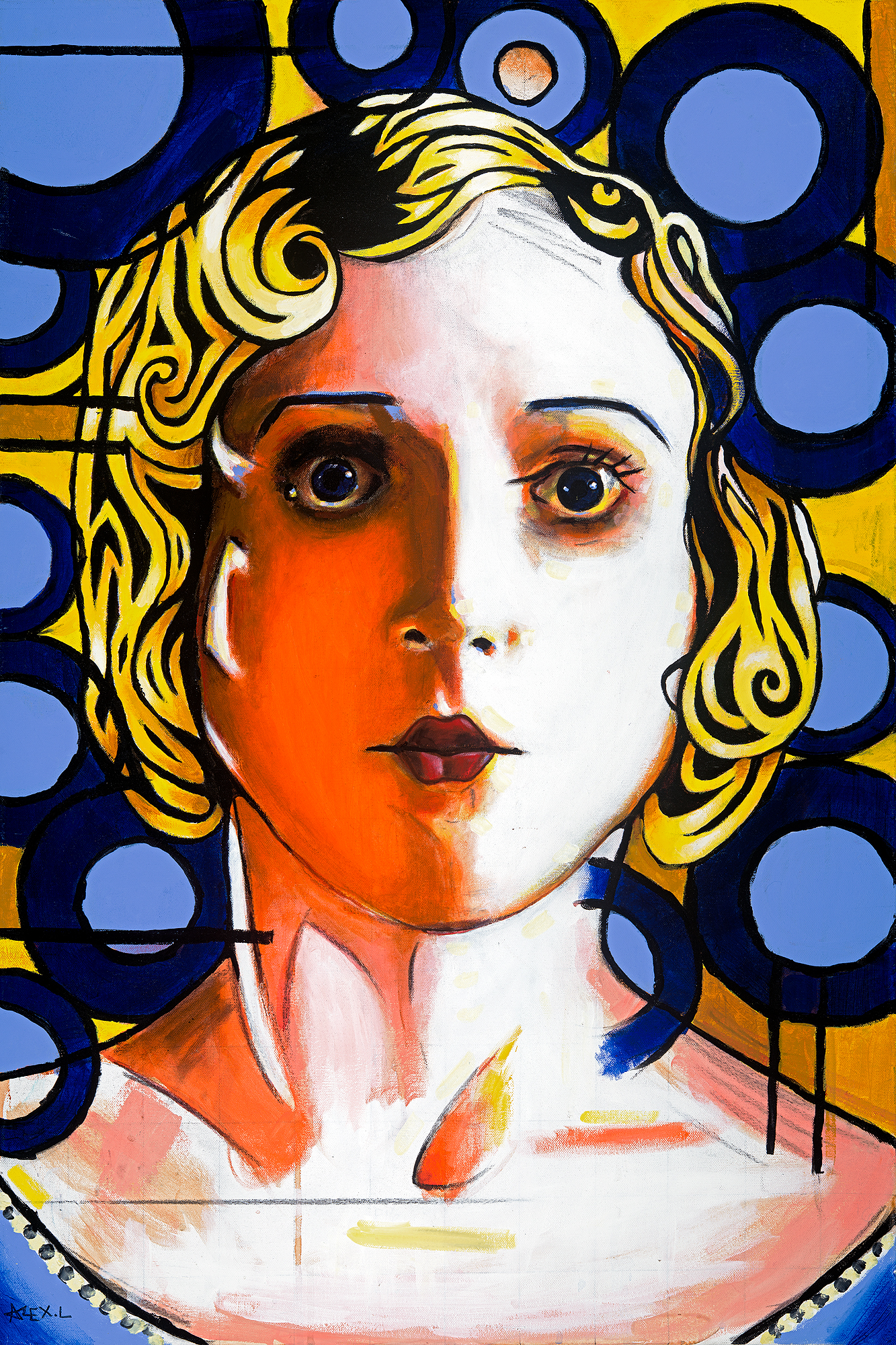
The Will of the People by Alex Loveless (2018)
Acrylic on Canvas. 60cm x 90cm Click Here to Buy Prints
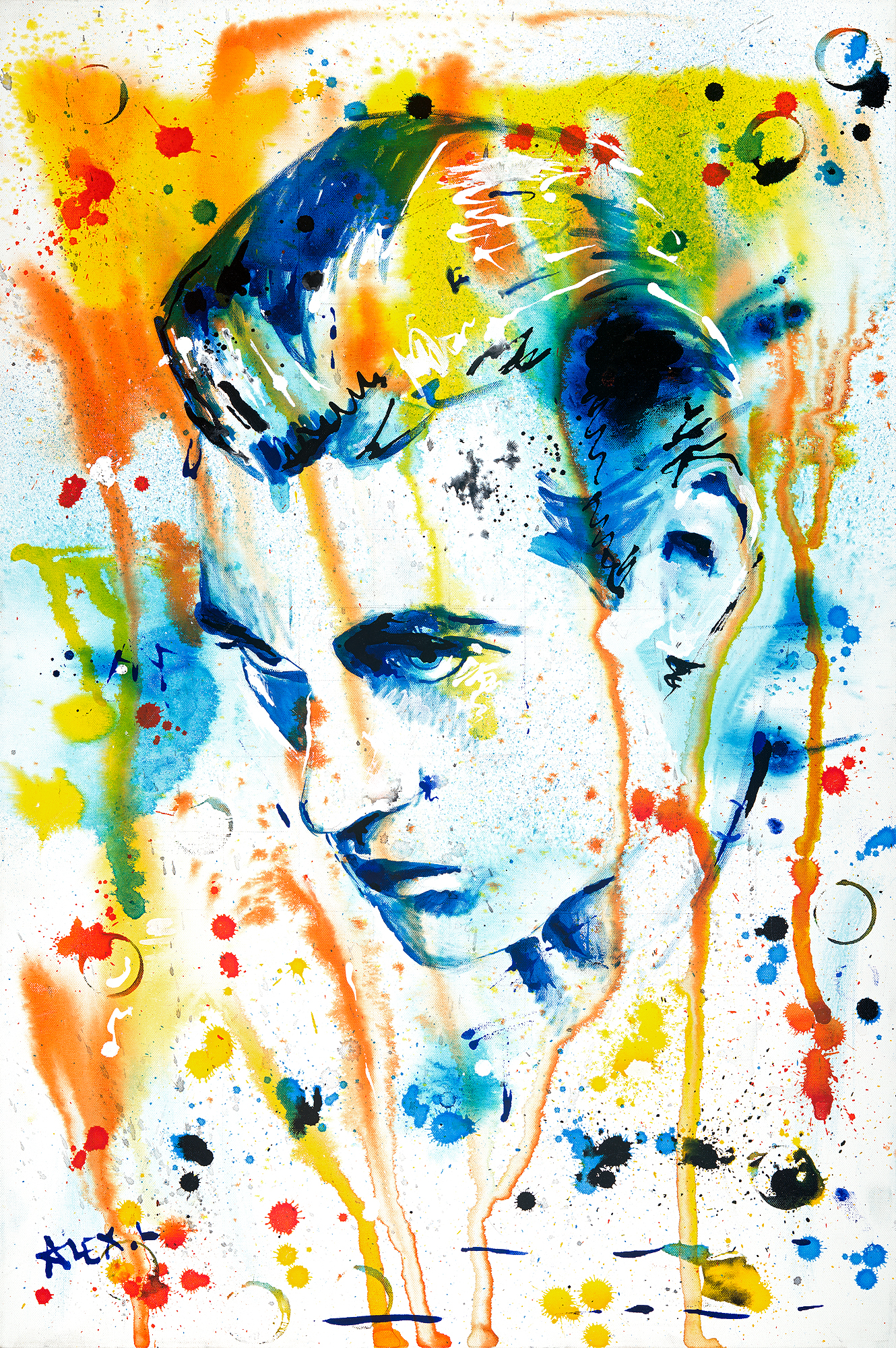
Ordinary by Alex Loveless (2018)
Acrylic on Canvas. 70cm x 90cm. Click Here to Buy Prints
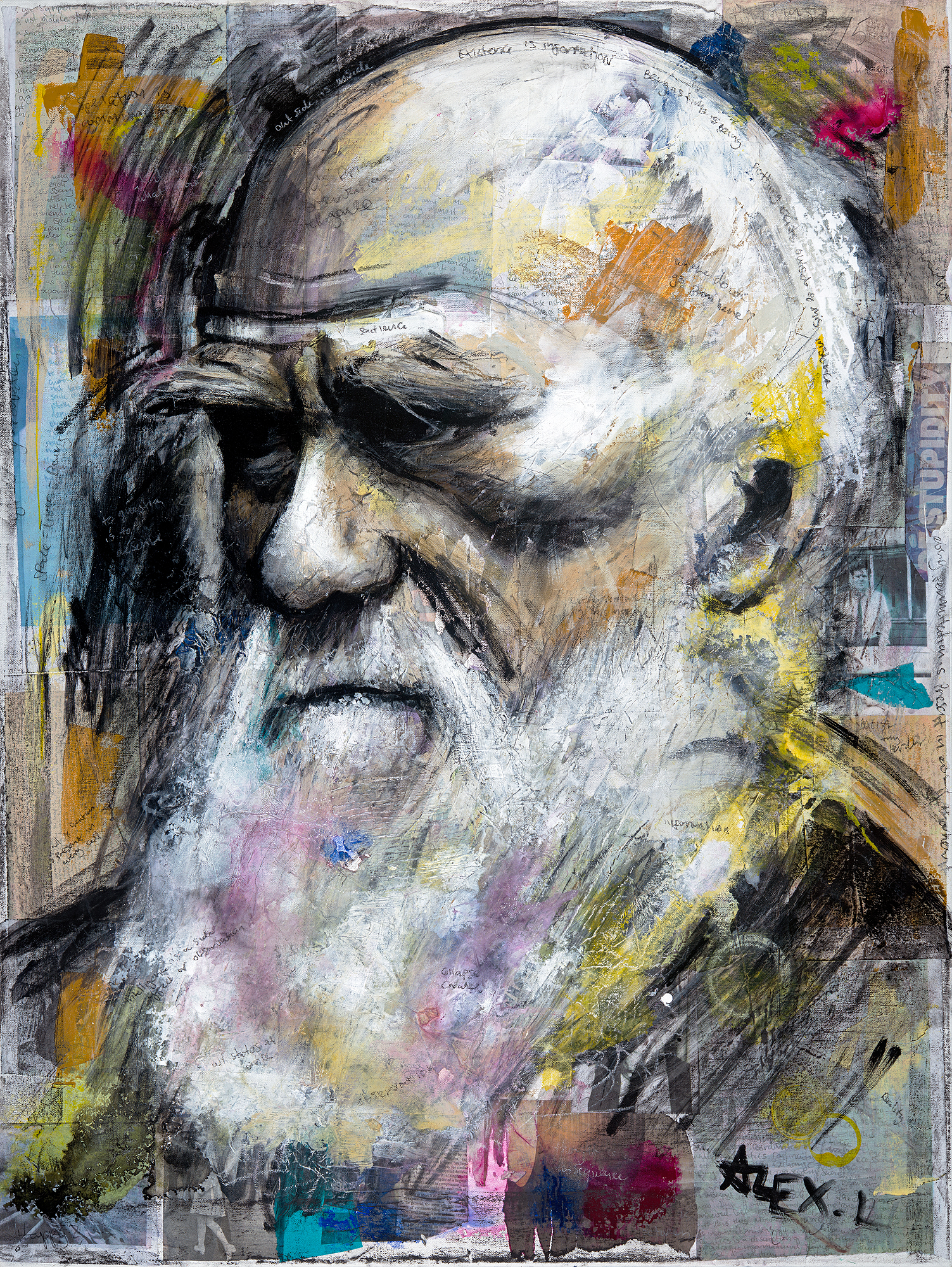
Where Do We Go From Here? by Alex Loveless (2019)
Acrylic and Mixed Media on Canvas. 30in x 40in. Click Here to Buy Prints
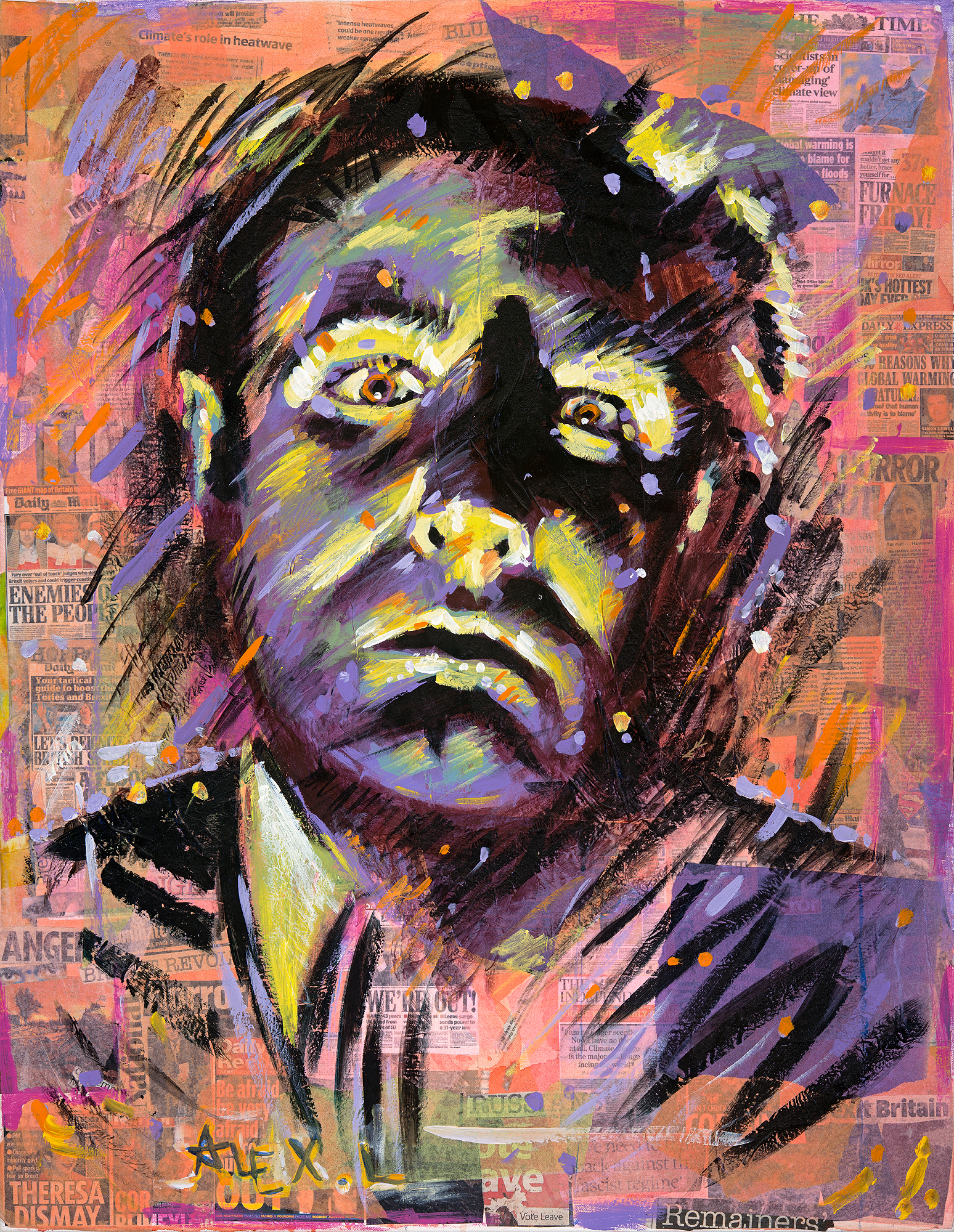
Plan? Nein. by Alex Loveless (2018)
Acrylic and Mixed Media on Canvas. 70cm x 90cm. Click Here to Buy Prints

Finished
It won’t find it hard to believe that I find it difficult to focus when on conference calls. A random floating piece of dust catching a mote of sunlight is enough to draw me a away from the matter in hand. The ceaseless distraction that is the social web is like a black hole sucking…
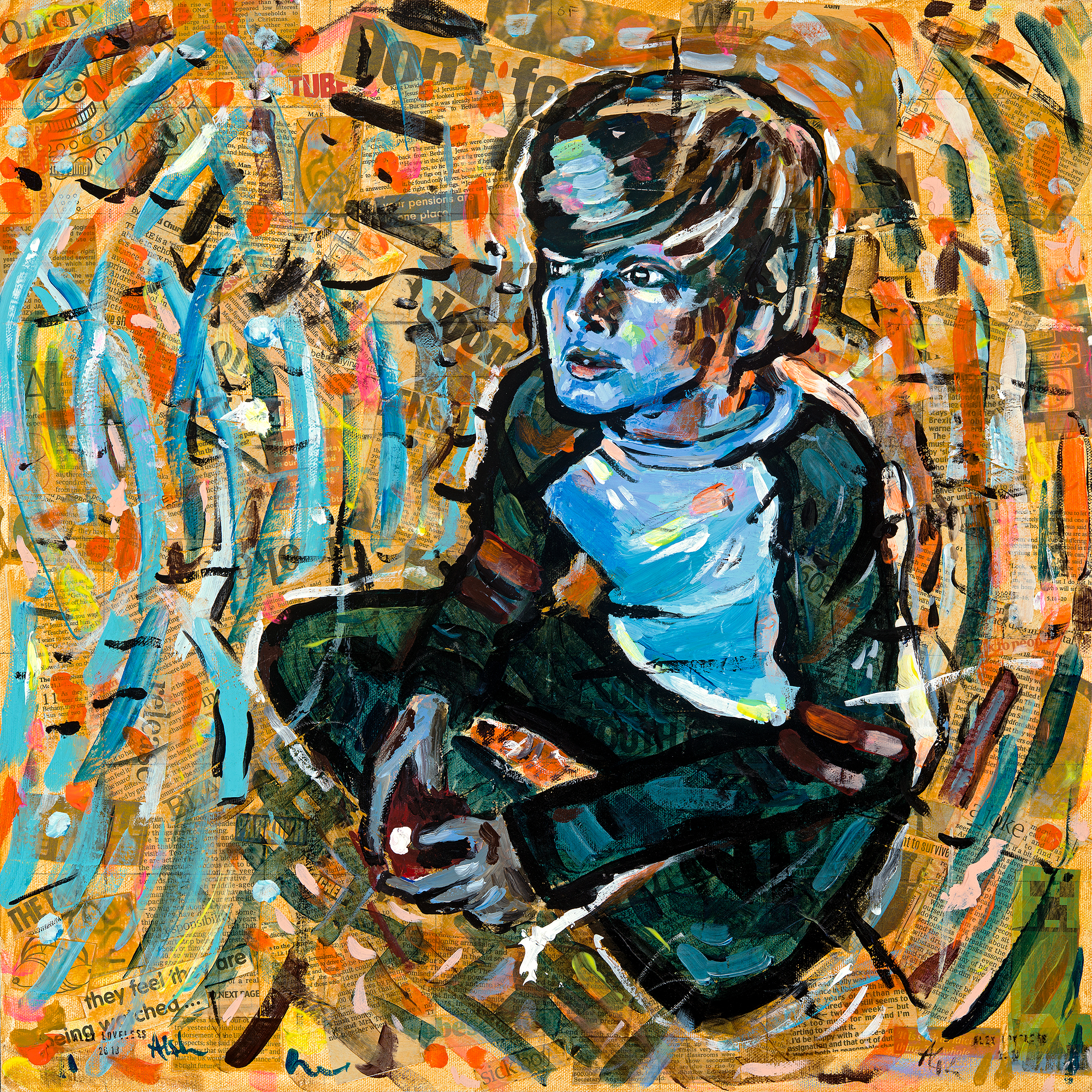
Pay to Win
I find myself increasingly concerned for the plight of the younger generations. The older generations, who supposedly should be benefactors, mentors, and protectors of their kids’ and grandkids’ futures are repeatedly selling out their futures in favour of short term self interest, base prejudice and ego. While they frown on the kids as video games…

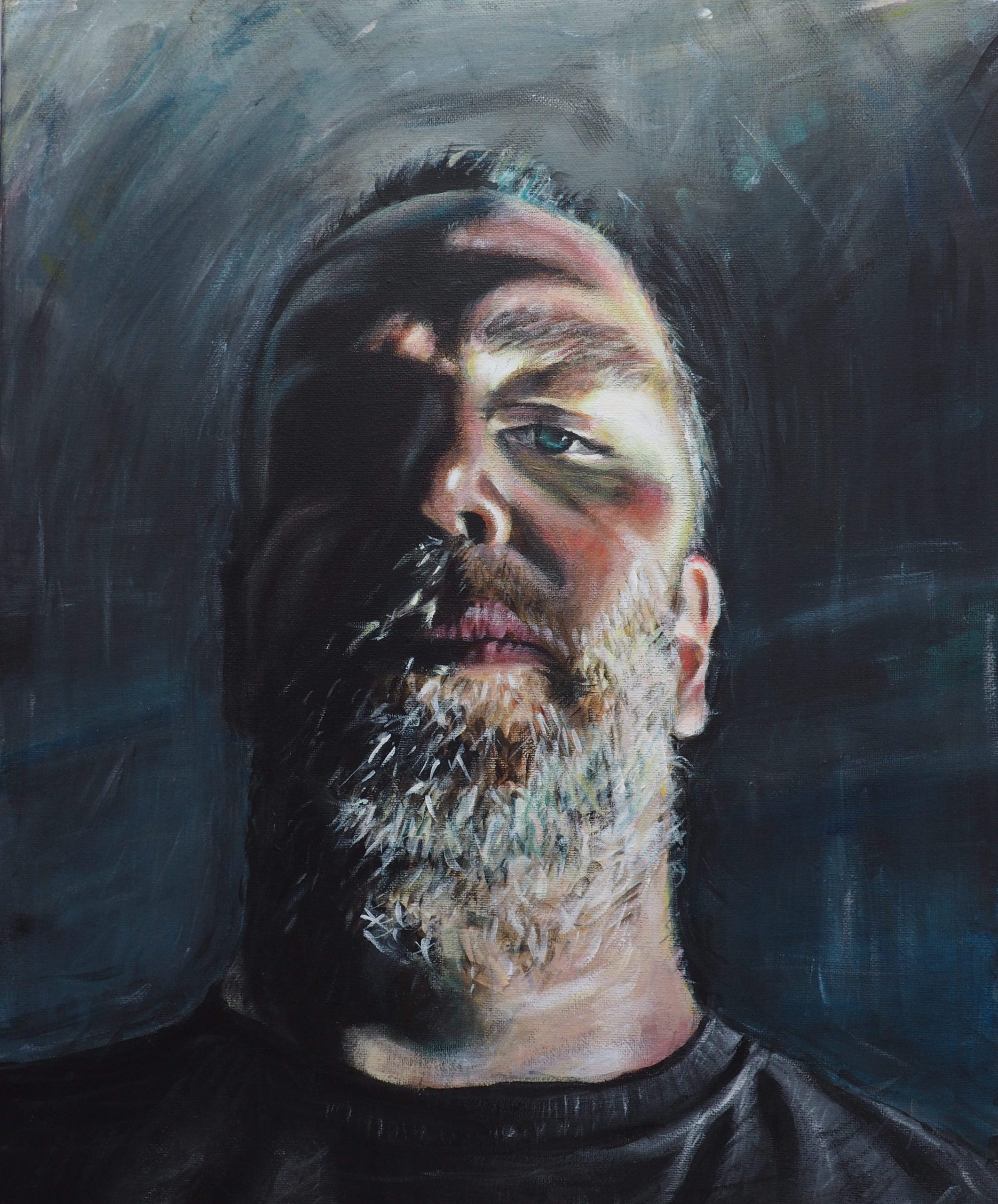
Self Portrait – Light and Dark
This self portrait was submitted to and rejected by Sky Arts Portrait Artist of the Year. I’m sort of glad it didn’t make the cut, as being subjected to an intense four hours of painting surrounded by onlookers and TV cameras would, I think, be a little much for my already hyperactive brain. I accompanied…
